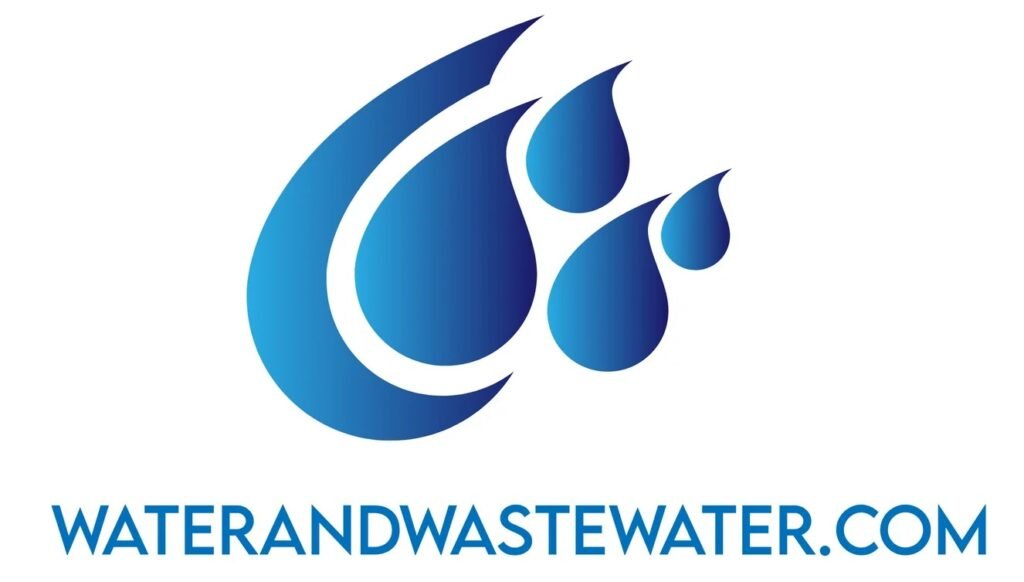Tag: water treatment
Marine sewage pumps play a crucial role in keeping our waterways clean and safe. These devices remove waste from boats and ships, helping to prevent pollution and protect marine life. Without proper waste management systems, the oceans and rivers we love could become contaminated. Marine sewage pumps work by transferring waste from onboard holding tanks […]
Ballast pumps play a crucial role in maintaining vessel stability and safety at sea. These specialized pumps move water in and out of a ship’s ballast tanks, adjusting the vessel’s weight distribution and trim. Proper ballast management is essential for ships to navigate efficiently, improve fuel economy, and comply with maritime regulations. Ballast pumps come […]
Marine pumps are crucial components in ships and boats. They move fluids throughout vessels, keeping systems running smoothly. From bilge pumps that remove excess water to fuel transfer pumps that feed engines, these devices play many important roles. Marine pumps come in various types, each designed for specific tasks aboard watercraft. Some common varieties include […]
Vertical pumps are a crucial component in many industrial and agricultural applications. These pumps are designed to move fluids efficiently from one level to another, making them ideal for wells, irrigation systems, and various manufacturing processes. Vertical pumps are unique because their motor is positioned above the pump body, allowing for a compact footprint and […]
Sealed pumps are essential devices in many industries, from chemical processing to water treatment. These pumps are designed to prevent leaks and contamination, making them ideal for handling hazardous or sensitive materials. They come in various types, each suited for specific applications. Sealed pumps offer superior protection against leaks and environmental contamination compared to traditional […]
Liquid ring pumps are unique machines that use a rotating liquid ring to create suction and compression. They handle a mix of liquids and gases, making them ideal for many industrial processes. These pumps work well in tough conditions and can handle dirty or contaminated fluids. Liquid ring pumps stand out for their ability to […]
Progressive cavity pumps are a type of positive displacement pump used in various industries. They work by moving fluid through a series of cavities created between a helical rotor and a flexible stator. These pumps are known for their ability to handle difficult fluids, including those with high viscosity or solid content. Progressive cavity pumps […]
Twin screw pumps are versatile and efficient machines used in various industries. These pumps move fluids by using two interlocking screws that rotate inside a pump casing. As the screws turn, they create spaces that fill with liquid and then push it through the pump. Twin screw pumps can handle a wide range of liquids, […]
Vane pumps are a type of positive displacement pump used in many industries. They move fluids by trapping a fixed amount of liquid between vanes and then forcing it out. These pumps are known for their efficiency, smooth flow, and ability to handle a wide range of viscosities. Vane pumps work well in both low […]
Oscillating pumps are a crucial piece of equipment in many industries. These pumps move fluids by using a back-and-forth motion, similar to how a heart pumps blood through the body. Oscillating pumps are known for their efficiency and ability to handle a wide range of fluids, from water to thick slurries. The design of oscillating […]
